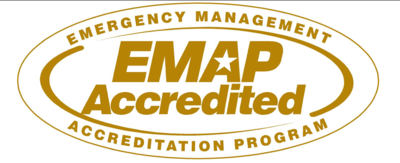Emergency Management
We coordinate emergency management, emergency preparedness, and homeland security planning for the City of Boston.
Our mission is to enhance the City's capacity to prevent, protect against, respond to, and recover from major emergencies.
Sign Up for Emergency Alerts
Sign up for emergency alerts from the City of Boston. You can sign up for alerts in 11 of the City of Boston's most-spoken languages.
To manage your account, visit the Alert Boston portal.
Ready Boston
ReadyBoston is a City-wide community emergency preparedness initiative.
Emergency Resources Map
About our department
Working in close partnership with Boston's public safety and public health agencies, our department:
- plans and prepares for emergencies
- educates the public about emergency preparedness
- conducts training exercises and drills, and
- performs other services to support the City’s preparedness.
We follow an all-hazards approach, preparing for various types of emergencies — whether they are natural or man-made.
We also manage the Boston Emergency Operations Center, which facilitates planning and aid in the aftermath of a disaster. The center is made up of a staff of professionals and liaisons from City public safety agencies. Learn more about our work.
The City of Boston is an EMAP ( Emergency Management Accredited Program) accredited program. We achieved our most recent consecutive accreditation in 2023, with previous accreditations in 2017 and 2012.
EMAP is a voluntary national accreditation process for state, territorial, and local government programs. It includes a peer-review on-site assessment by a team of EMAP trained assessors. The accreditation process evaluates emergency management programs on compliance with requirements in sixteen areas, including:
- coordination
- administration and finance
- laws and authorities
- hazard identification
- risk assessment and consequence analysis
- hazard mitigation
- prevention
- operational planning and procedures
- incident management
- resource management
- mutual aid and logistics
- communications and warning
- facilities
- training and exercises
- evaluations and corrective actions, and
- emergency public information and education.



